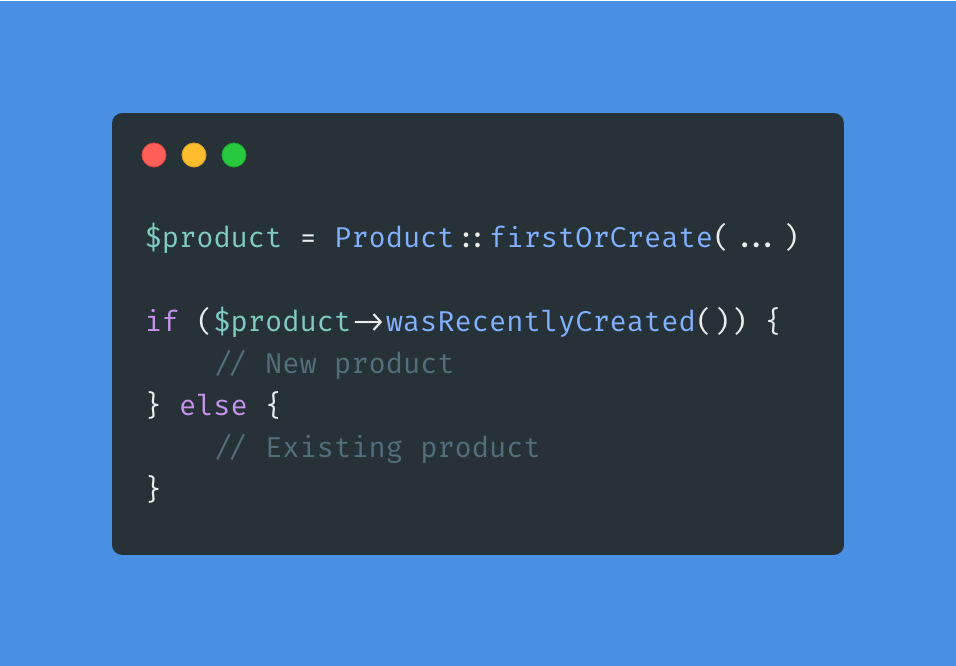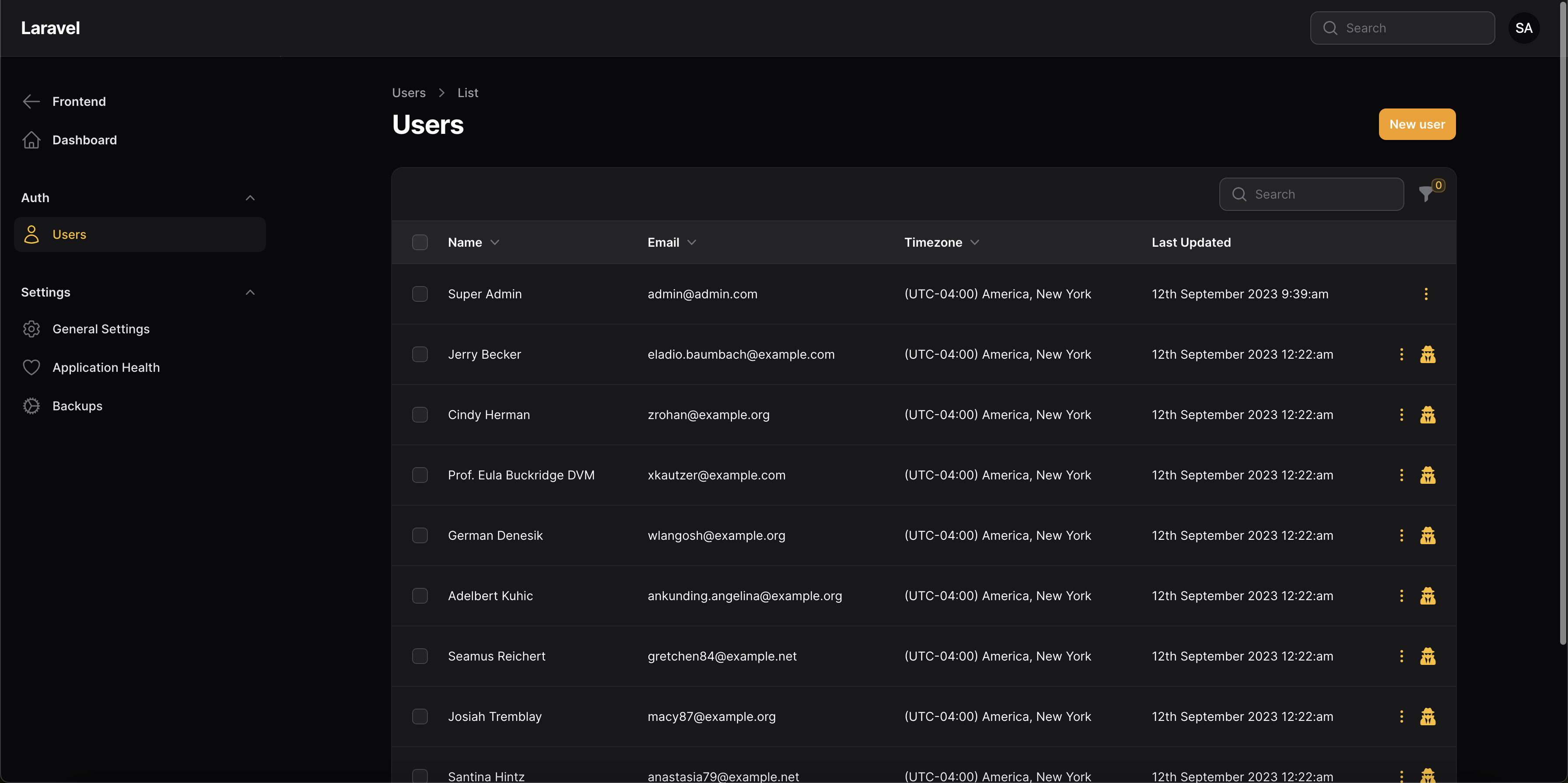Exploring PHP 8.5's New Pipe Operator: A Fresh Perspective
Among the exciting features in PHP 8.5, the pipe operator stands out as a game-changing addition to the language's syntax arsenal. This innovative operator transforms how we write sequential operations, making code more intuitive and less nested. Let's dive into this new feature and discover how it can revolutionize your PHP coding practices.
Understanding the Pipe Operator
Introduced in PHP 8.5, the pipe operator (symbolized as |>) represents a paradigm shift in how we approach function chaining. This operator takes a value from its left side and automatically feeds it as the first parameter to the function on its right side, creating a natural flow of data through your operations.
How the Pipe Operator Works
The pipe operator follows a straightforward syntax pattern:
1$result = $initialValue |> someFunction($$, $additionalParams);This elegant syntax is functionally identical to:
1$result = someFunction($initialValue, $additionalParams);The special $$ symbol serves as a placeholder, indicating where the piped value should be inserted in the function call.
Real-World Applications
String Manipulation Made Elegant
Consider this common string manipulation scenario:
Without pipe operator:
1$result = strtoupper(trim(str_replace("universe", "developer", "Hello universe, welcome!")));With pipe operator:
1$result = "Hello universe, welcome!"2 |> str_replace("universe", "developer", $$)3 |> trim($$)4 |> strtoupper($$);The pipe version creates a visual flow that mirrors the actual data transformation sequence, making it immediately clear that we're first replacing text, then trimming, and finally converting to uppercase.
Transforming Collections with Clarity
When working with data collections, the pipe operator truly shines:
Traditional approach:
1$result = array_filter(2 array_map(3 function($num) { return $num * $num; },4 [2, 4, 6, 8, 10]5 ),6 function($num) { return $num > 50; }7);Pipe operator approach:
1$result = [2, 4, 6, 8, 10]2 |> array_map(function($num) { return $num * $num; }, $$)3 |> array_filter($$, function($num) { return $num > 50; });The pipe version reads like a story: "Take this array, square each value, then keep only values greater than 50."
Building Data Processing Pipelines
The pipe operator excels when creating multi-step data processing workflows:
1function parseJsonInput($rawData) { 2 return json_decode($rawData, true); 3} 4 5function sanitizeUserData($userData) { 6 return array_filter($userData, function($record) { 7 return isset($record['email']) && filter_var($record['email'], FILTER_VALIDATE_EMAIL); 8 }); 9}10 11function generateResponse($processedData) {12 return json_encode([13 'status' => 'success',14 'count' => count($processedData),15 'data' => $processedData16 ], JSON_PRETTY_PRINT);17}18 19// Traditional nested approach20$response = generateResponse(sanitizeUserData(parseJsonInput($rawUserInput)));21 22// Clean pipe operator approach23$response = $rawUserInput24 |> parseJsonInput($$)25 |> sanitizeUserData($$)26 |> generateResponse($$);This example demonstrates how the pipe operator creates a logical, step-by-step data transformation pipeline that's both readable and maintainable.
Key Benefits for Developers
The pipe operator brings several compelling advantages to PHP development:
- Natural Reading Flow: The left-to-right progression mirrors how we naturally process information, making code instantly more intuitive.
- Elimination of Nested Parentheses: Say goodbye to the "pyramid of doom" that plagues deeply nested function calls.
- Enhanced Code Maintenance: Isolated transformation steps are easier to test, debug, and modify independently.
- Self-Documenting Transformations: The sequential nature of piped operations creates an implicit documentation of your data's journey.
- Reduced Cognitive Load: Developers can focus on one transformation at a time rather than mentally unwrapping nested operations.
Considerations When Adopting
While powerful, the pipe operator comes with some considerations:
- Functional Programming Paradigm Shift: Teams accustomed to traditional PHP styles may need time to embrace this functional programming concept.
- Version Dependency: Applications using the pipe operator require PHP 8.5 or later, potentially limiting deployment options.
- Placeholder Convention: The
$$syntax might initially feel unfamiliar to developers new to this pattern. - Mixed Paradigm Codebase: Introducing pipes to existing projects may create inconsistent coding styles if not applied systematically.
Alternative Approaches Compared
Object-Oriented Method Chaining
The object-oriented world offers method chaining as a similar pattern:
1// Method chaining with fluent interface2$result = (new TextProcessor("Hello talented developer!"))3 ->replaceAll("talented", "brilliant")4 ->removeExtraSpaces()5 ->convertCase('upper')6 ->getResult();While similar in concept, method chaining requires carefully designed classes with fluent interfaces, whereas the pipe operator works with any function.
Collection Libraries
Many PHP developers use collection libraries for similar functionality:
1// Using a collection library2$result = collect([10, 15, 20, 25, 30])3 ->filter(fn($value) => $value > 15)4 ->map(fn($value) => $value * 1.5)5 ->sum();Collection libraries offer rich functionality but require including additional dependencies, while the pipe operator is built directly into the language.
Final Thoughts: Embracing the Future of PHP
The introduction of the pipe operator in PHP 8.5 marks an exciting evolution in the language's journey. This feature represents PHP's continued growth toward supporting modern programming paradigms while maintaining its accessibility and pragmatic approach to web development.
By incorporating this operator into your toolkit, you'll gain the ability to write code that tells a story—where each line represents a clear step in your data's transformation journey. The resulting code isn't just more readable; it's more approachable for new team members, easier to maintain during refactoring, and simpler to reason about during debugging sessions.
As with any new language feature, the true power of the pipe operator will emerge as the PHP community discovers innovative ways to apply it across different domains and problem spaces. Whether you're building APIs, processing complex data sets, or developing template systems, the pipe operator offers a fresh approach to expressing your code's intent with clarity and precision.
For developers looking to stay current with PHP's evolution, experimenting with the pipe operator in appropriate contexts will provide valuable experience with functional programming patterns that continue to influence modern language design across the programming landscape.





